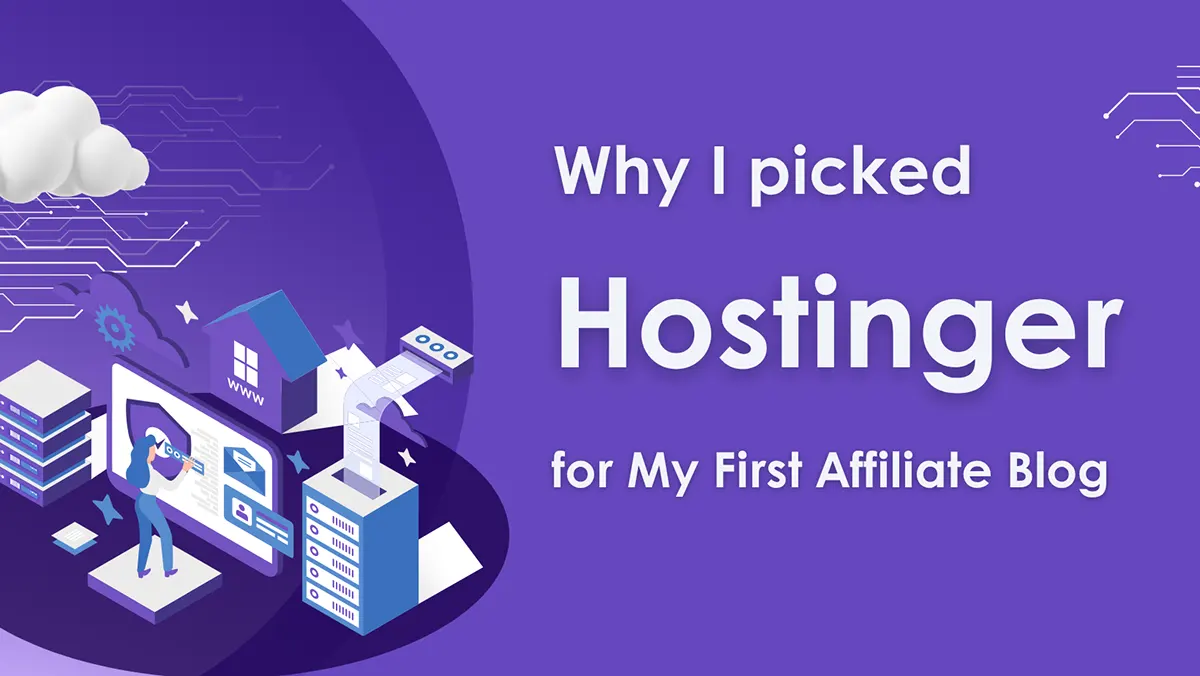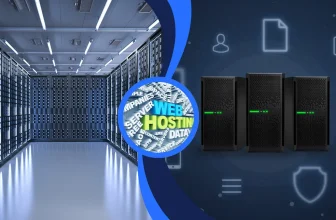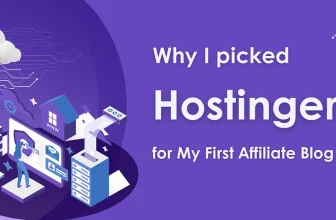
Hostinger didn’t just host my first site — it forced me to stop hesitating.
I wasn’t trying to build a niche empire. I just wanted to launch one affiliate site that could survive — and maybe make $100/month if I got lucky.
I’d failed before. Bought domains. Wrote a few posts. Quit halfway.
This time, I wanted no excuses. Hostinger made that easy: fast setup, cheap enough to not overthink, and clean enough to not get stuck in tech traps.
What happened next? I’ll show you everything — from idea to traffic to income.
The Idea & the Setup
I didn’t plan to make $100 in the first month. In fact, I was just hoping to break even on my hosting.
The idea came one evening while scrolling through niche forums and seeing dozens of people talk about starting affiliate blogs — but never following through. I’d already bought a few domain names in the past, written some content half-heartedly, and abandoned them. This time, I wanted to treat it like a micro-startup. One product, one offer, one site.
So I chose a topic I knew something about: budget-friendly tools for small business owners. It wasn’t sexy. It wasn’t a high-paying niche. But it was something real. And most importantly — people actually needed help in that space.
When it came to hosting, I didn’t overthink it. I went with Hostinger for a simple reason: I wanted something fast, cheap, and stable, and I had seen decent reviews on Reddit and YouTube from people who weren’t sponsored to death. Plus, their entry pricing was absurdly low at the time — around $1.99/month with free SSL and email, which helped me avoid a lot of extra SaaS fees early on.
I wasn’t just trying to save money. I was trying to minimize excuses. I didn’t want to get stuck fiddling with servers or configs. Hostinger let me deploy fast and focus on what mattered: content and monetization.
My Setup Checklist
Here’s what I had set up by the end of Day 1:
- Domain: Bought via Namecheap for $9
- Hosting: Hostinger Premium Shared ($1.99/mo locked for 1 year)
- WordPress Theme: Kadence (free version)
- Plugins:
- Rank Math SEO (for on-page setup)
- Pretty Links (for affiliate cloaking)
- GenerateBlocks (for layout blocks)
- Initial Pages:
- Home + Blog
- About Me
- Affiliate Disclosure
- First 3 Articles:
- One tutorial
- One product comparison
- One personal story
It took me about 6 hours total to get the site from domain registration to first article published. I didn’t chase perfection. I chased momentum.
And that’s what Hostinger gave me: a fast, no-hassle environment to move quickly, validate my idea, and build something that felt like mine.
In the next part, I’ll break down exactly what I did in the first 30 days — what content I focused on, how I got my first traffic, and where the $100 came from.
When I broke the site on Day 6, support saved it in minutes
What I Did in the First 30 Days
I didn’t wait for Google. That’s the biggest difference from my previous failed attempts.
Instead of obsessing over SEO right away, I focused on two things I could control:
(1) writing helpful content, and
(2) driving traffic manually.
🧠 My First 5 Articles – Intent-Based
I didn’t just write random blog posts. Every piece had a job to do:
- “Best Free CRM Tools for Solopreneurs” – listicle with affiliate links
- “How I Use Trello + Notion to Run My Tiny Business” – semi-personal guide
- “Free vs Paid Email Marketing Tools: What I Learned” – comparison, link to ConvertKit
- “How I Got My First Client with Just a Google Sheet” – story-driven trust builder
- “Why I Recommend Hostinger for Beginners” – soft pitch article with CTA
All of them had affiliate links — but I made sure every link earned its place. I wasn’t just dropping links; I was explaining why I personally used those tools, what worked, and where they fell short.
After launch, I followed these settings to maximize speed and SEO
🚀 Traffic Strategy – The “Manual Flywheel”
In the first 30 days, I didn’t rank for anything meaningful on Google. But I still got over 500 visitors, mostly from:
- Reddit: I replied to threads on r/Entrepreneur, r/SmallBusiness, r/Freelance with insights and linked only when it felt natural.
- Facebook Groups: I shared 2 posts in niche groups with zero pitch — just value + story.
- Medium: I repurposed one post and linked back subtly.
- Quora: Answered 3 relevant questions with contextual links.
None of these sources gave me thousands of clicks, but each gave me 20–100 clicks, and more importantly, engaged visitors. They clicked through, they read, they converted.
The surprising part? My first affiliate commission came on Day 11 — a user signed up for Hostinger through my article on why I chose them.
By Day 28, I had earned:
- $35 from Hostinger
- $45 from a ConvertKit trial-to-paid conversion
- $20 from a random deal link (AppSumo)
💸 Total: $100.12
Not life-changing money. But proof of concept. That I could build a small, content-driven site with zero ad spend, and it would work.
And to be clear — I didn’t write full-time. I spent 2–3 hours/day, mostly in the evenings.
Hostinger didn’t just save me money — it enabled me to take action fast. No tech headaches. No pricing tricks. Just a solid platform to validate an idea.
Up next in Part 3, I’ll break down:
- What worked vs what didn’t
- How I’d scale this to $300–$500/month
- My long-term gameplan for affiliate sites
What I’d Do Differently – and My Next Steps
Let me be honest: The first $100 felt amazing — but it also exposed every flaw in my old approach.
🧱 What I’d Do Differently
-
Don’t waste time on fancy tools upfront.
I spent 2 hours setting up GA4 and Hotjar. Guess what? Zero value in Month 1. I should’ve spent that time writing another article. -
Pick 1–2 affiliate programs, not 5.
I got greedy. I sprinkled in links to 7 tools. Only 2 converted. Now I focus on tools I truly use — Hostinger and ConvertKit. -
Don’t chase traffic. Invite conversations.
Reddit, Facebook Groups, Quora — these worked because I showed up as a real person, not a link-dropper.
Connection beats exposure. -
SEO is real, but slow.
One article started ranking in Week 5, and that’s fast. I remind myself:
Content is a seed, not a switch.
🧠 The “$100 Lesson”
I didn’t build a viral site. I built a working asset.
It doesn’t matter if the niche is competitive, or if others have 200 backlinks. What matters is:
- Can you help someone solve a problem?
- Can you explain it in your own voice?
- Can you get one person to trust you?
That’s how I made my first sale. That’s how I’ll make 100 more.
🔮 My Next Steps – Scaling to $300+
I’m not going big. I’m going deep.
- I’m turning my “Why Hostinger?” article into a video.
- I’m writing 3 more articles that answer specific problems (like “How to fix email not working on Hostinger”).
- I’m testing 1 cold email per day to pitch my site to newsletter owners and niche bloggers.
I don’t need 10,000 visitors. I need 100 readers who care.
And with Hostinger as my base, I’m spending less time tweaking and more time creating. This all started with one decision — why I chose Hostinger over Bluehost.
Final Thoughts: Hostinger Was My Best First Bet
Choosing the wrong host at the beginning kills momentum.
I’ve been there — overwhelmed dashboards, hidden fees, confusing support.
Hostinger gave me zero friction. That’s why I recommend it, and why it’s in every starter guide I now write.
Want to test it for yourself?




